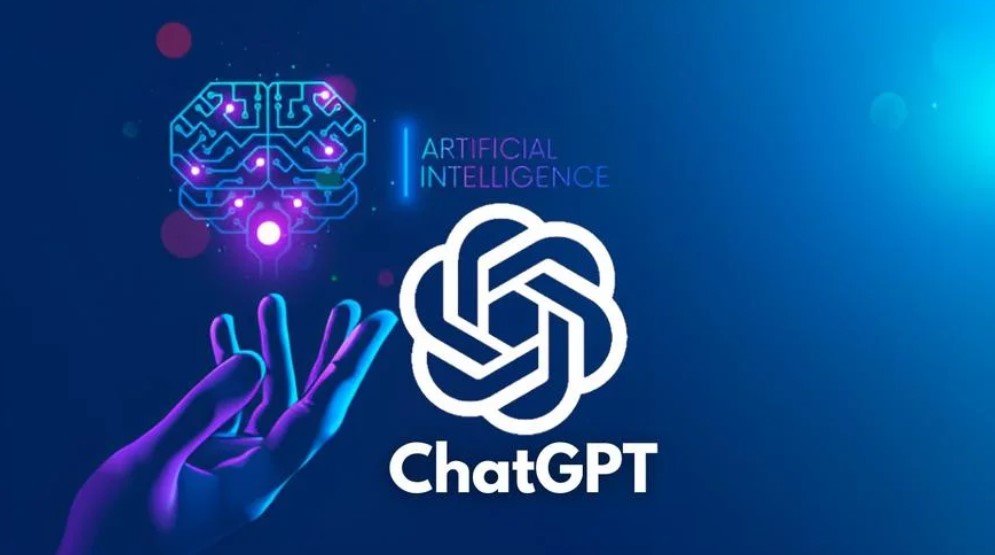ChatGPT is one of the most acclaimed and cutting-edge artificial intelligence systems, which uses deep learning to create text-based responses to a variety of questions and provides a variety of services related to natural language processing.
OpenAI ot so long ago released the ChatGPT API and API Whisper, development kits that will allow developers to embed OpenAI language models into their products. Moreover, these solutions are already being actively developed by market leaders. For example, Snapchat added the My AI function, based on ChatGPT. Recall, the audience of this social network reaches about 750 million active users per month.
Also recently, a new version of the GPT-4 AI tool was released. He is more than a machine: he understands memes, maybe into analytics and creativity. This is an important event for the corporate environment. For now, GPT-4 will only be available to users of the paid version of the chatbot, which costs $20 per month.
Recent scientific articles confirm the high accuracy and efficiency of ChatGPT. In a study published in the journal Computational Linguistics, researchers explored ways to improve the performance of ChatGPT based on reinforcement learning. They showed that ChatGPT can be improved by reinforcement learning using a variety of algorithms.
One of the main areas where ChatGPT is likely to play out in the future is in the business and marketing arena. With its machine learning algorithms and neural networks, ChatGPT will be able to analyze large amounts of data and make recommendations to improve the efficiency of business processes. This will allow businesses and companies to make faster and more accurate decisions and increase their profits.
However, while ChatGPT is highly accurate and efficient, it is still not perfect. A recent study published in Science showed that ChatGPT may not pick up on certain language features, such as sarcasm and irony, which can lead to inadequate responses.
Nevertheless, ChatGPT is still one of the most advanced text generation systems and continues to attract the attention of researchers around the world. The use of neural networks in the field of language models can revolutionize natural language processing and improve the quality and efficiency of machine translation, text analysis, and other language-related tasks.


